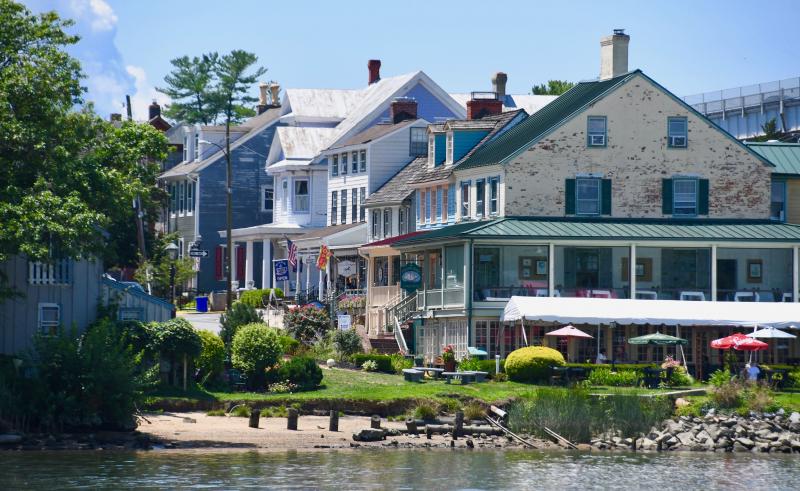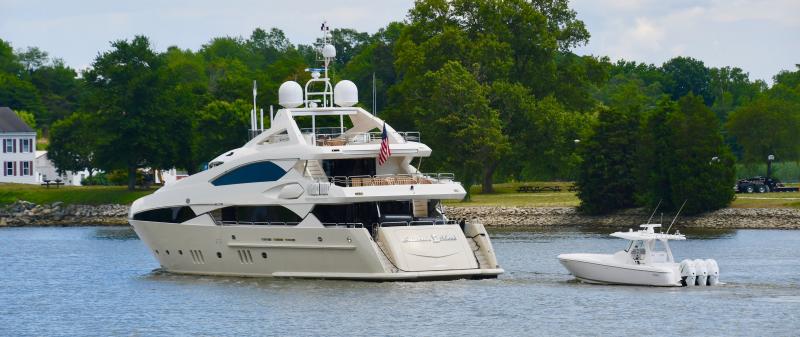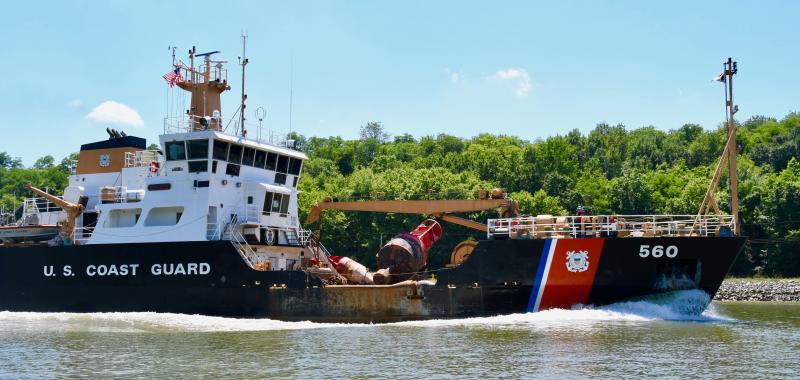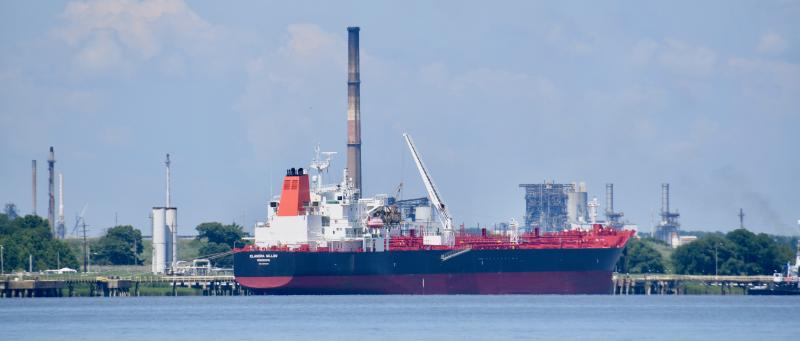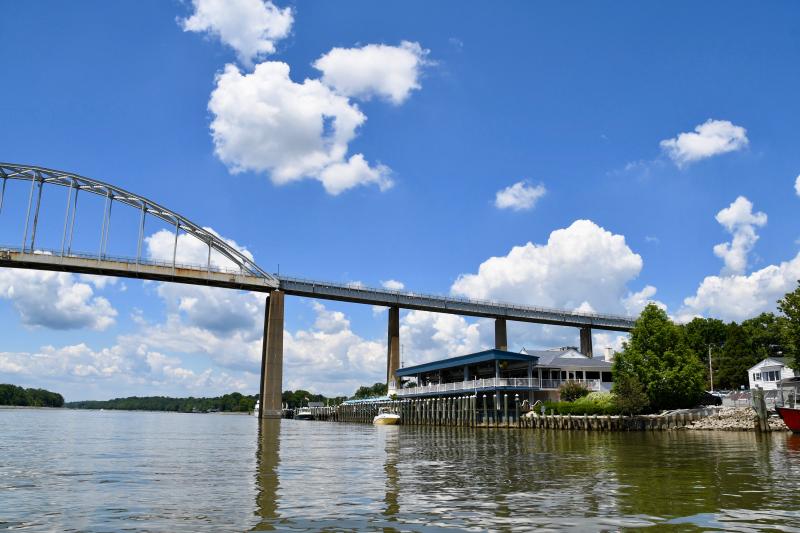C&D Canal among busiest in nation
The Chesapeake & Delaware Canal may be the Rodney Dangerfield of canals. It doesn't get a lot of attention although it's one of the busiest canals in the United States. Most people outside of Delaware would be hard-pressed to find it on a map.
It saves ships traversing from Wilmington and Philadelphia in and out of Baltimore about 300 miles. About 40 percent of all ship traffic from the Port of Baltimore uses the canal. Today, it’s owned and operated by the U.S. Army Corps of Engineers. It's also one of the most state-of-the art, high-tech canals with shipping traffic monitored by maritime traffic controllers.
The canal is also an unofficial dividing line for the state of Delaware.
The 14-mile canal, which links the Delaware River and Chesapeake Bay in Maryland, has a long, name-dropping history with the likes of Ben Franklin and later President Teddy Roosevelt playing a role in its development.
The idea for a canal surfaced in the mid- to late-1700s, but no construction took place until 1804. The ill-fated, under-funded venture ended two years later. Two decades later, under the Chesapeake and Delaware Canal Co., construction resumed.
The original canal was nothing like the canal today. From 1829 to 1919, a series of four large locks linked the two waterways. Mules and horses pulled boats along the original canal, which was just 10 to 12 feet deep and 66 feet wide. That original canal was dug out with picks and shovels by a crew of 2,600 men.
It became apparent, as ships got bigger, that the canal needed an upgrade. In 1906, President Roosevelt formed a committee to study the feasibility of converting the canal to a free and open waterway without locks.
The federal government purchased the canal for $2.5 million in 1927 and the canal was widened and deepened and three of the four locks were removed. From 1935 to 1939, it was widened and deepened again. Even then, as cargo ships got larger, issues persisted with ships running into bridges. The canal was dug out to its current depth and width from the 1960s to the mid-1970s.
• Lewes has a connection to the canal. Delaware River & Bay pilots board ships in Lewes that are destined for the canal and pilot them to Chesapeake City where Maryland pilots take over.
• The canal is a vital link in the Atlantic Intracoastal Waterway.
• It’s only one of two sea-level lockless canals in the U.S.
• Five vehicle bridges and one railroad bridge, all owned and maintained by the U.S. Army Corps of Engineers, cross the canal.
• Chesapeake City, Md., is the base of operations and home to the C&D Canal Museum.
• The 12.4-mile Michael Castle Trail in Delaware and the 3-mile Ben Cardin C&D Canal Recreational Trail in Maryland for bicycles and pedestrians on the north side of the canal links Delaware City and Chesapeake City.


